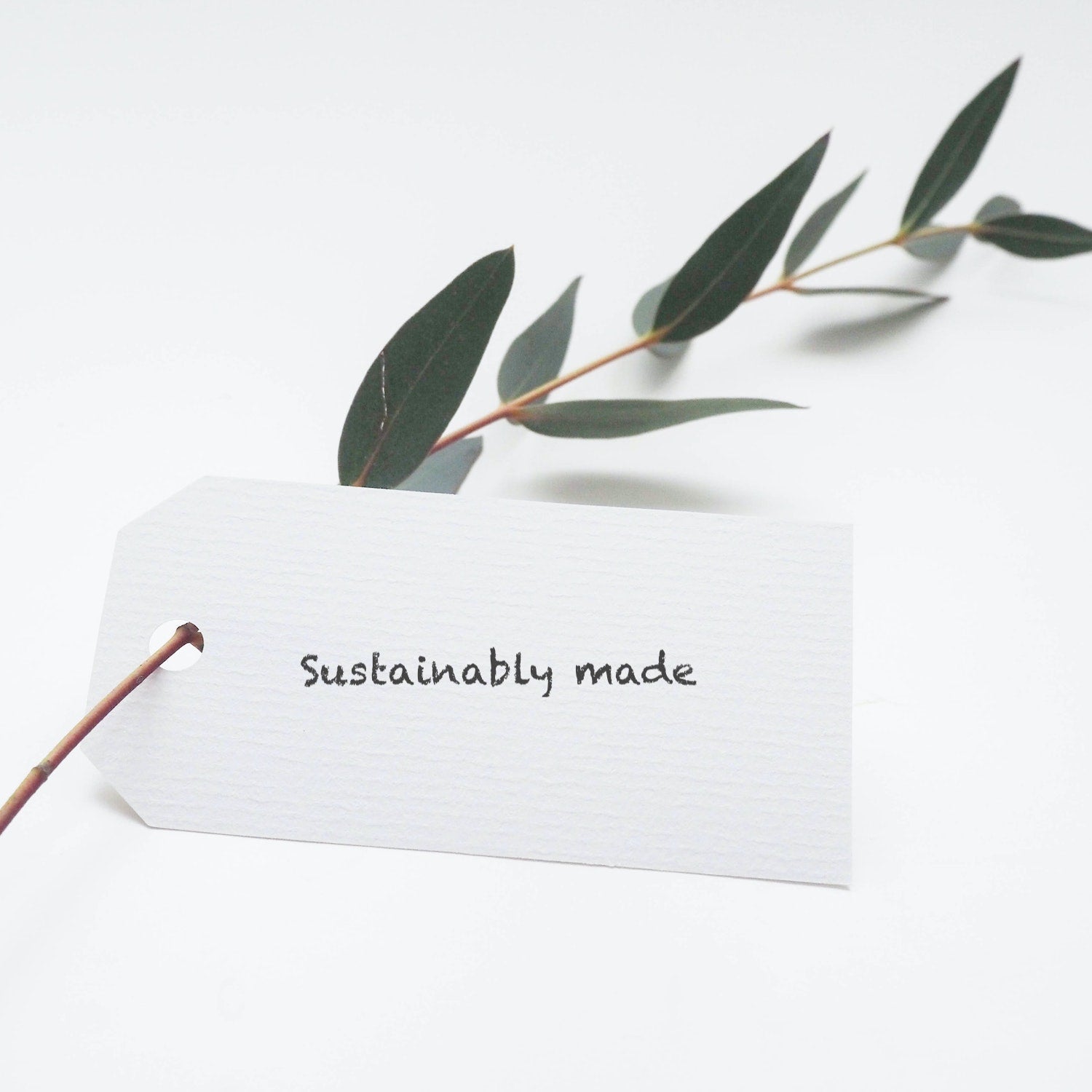
When looking for brands and products with sound sustainability practices that are also free from toxic ingredients, you’d assume that messages such as ‘eco', ‘natural’ and ‘organic’ would be a good-enough indicator of this. Unfortunately, some brands eco credentials only extend as far as their marketing claims, so we need to work a little bit harder to decipher them!
What is greenwashing?
Greenwashing is in no short supply these days, but the phenomenon has been around for quite a while! The term was originally coined by prominent environmentalist Jay Westerveld in a 1986 essay in which he claimed the hotel industry falsely promoted the reuse of towels as part of a broader environmental strategy when in fact the act was designed as a cost-saving measure.
Since then, the term ‘greenwashing’ has been used to describe brands making environmental claims that are false, misleading or exaggerated. It’s a huge problem because it sows mistrust, slows positive change and misleads consumers who care (like you, and us!).
While we as consumers are becoming increasingly informed about harmful practices, ingredients and their negative impact on the planet, brands are becoming even more clued up about how to capitalize on these demands for environmentally-conscious products. Enter: campaigns that employ aspirational imagery, emotive language, green-coloured packaging or even false claims to appeal to this growing market.
Also, while the term ‘sustainability’ is related to describing a product’s environmental impact, it does not necessarily relate to its human safety.
Unfortunately there is confusion and sustainability often becomes the buzzword that people often equate with safety – and this confusion helps to sell products. As sustainability has comes to the forefront in the marketplace, it’s important to remember that a sustainable product is not necessary a human safe product, so knowing what to look for is key!
Here are a few things to look out for!
Buzzwords and broad statements
Eco buzzwords may be used to make a product look cleaner and greener than it is. Since there’s little regulation around what a brand can say and when these statements can actually be used, labels can be very deceiving. Saying something is ‘sustainable’ is all well and good, if you can actually point to the proof points behind this claim – but even then, it’s far too generic. "Plant-based" is another claim that's become popular as more and more people move towards a plant-based lifestyle - but it is sadly still quite unregulated.
Always double check the claims can be backed up by certifications and what’s actually in the product.
Suggestive imagery and colour
A picture is worth a thousand words. Many brands will employ the use of natural imagery and colours on their less-than-natural products to suggest a natural, planet-friendly product – we are visual creatures and we often buy with our eyes, it’s a shortcut for our decision making! However, nature photos or graphics often have nothing to do with the ingredients inside a product or how it is made.
The takeaway is: always check the label and read the ingredients list.
Overinflated and misleading phrases
Greenwashing companies may use phrases that, while technically true, give the consumer a skewed perception of the products they are buying. For example, an apparel company may state its shirts are “now made with 50% more recycled fibers” when increasing the amount from 2% to 3% of the total garment. True, but overstated as a benefit!
From a health perspective, the same goes for chemically-based cleaning products that use the hype “made with natural ingredients” or “made with essential oils” as the calling card to attract health conscious consumers – when in fact these ingredients make up a small percentage of their ingredients list. Another red flag in this regard is ingredients lists which are incomplete and not transparent – for example, only listing a generic description as opposed to the technical ingredient name (which can then be researched).
We know it takes a bit of extra time, but it is always worth digging a bit deeper!
Hidden trade-offs
A study in 2007 found that the ‘hidden trade-off’ is the most common form of greenwashing, applying to 57% of green marketing claims. Consumers are already aware of a similar practice regarding nutrition claims in food marketing. Think of food products that are labeled “low fat.” The claim may be accurate. But in many cases, it mostly serves to direct attention away from large amounts of added sugar or other ingredients to get the same taste and texture as its full fat counterpart. The end result is a product that is no healthier, but marketed as such.
The hidden trade-off applies this same approach to environmental claims. It often relies on a single environmental claim like “recycled content,” while ignoring other (sometimes more important) aspects of sustainability.
The key is to look at such claims in a wider context and not get swayed at first glance!
Check company ownership
Larger firms, or conglomerations, with a high environmental impact have often bought smaller brands to target environmentally conscious customers who otherwise might not have chosen to spend with them. So knowing what, or who, the ultimate owner of a firm is could be important if you want to find out their overall environmental impact.







